The Guardian reports if you see a violet carpenter bee, xylocopa violacea, in Britain, it seems too exotic for our shores, and too big. It is up to 3cm long, the size of our largest bumble bee, and it looks even larger when flying with an impressive buzz.
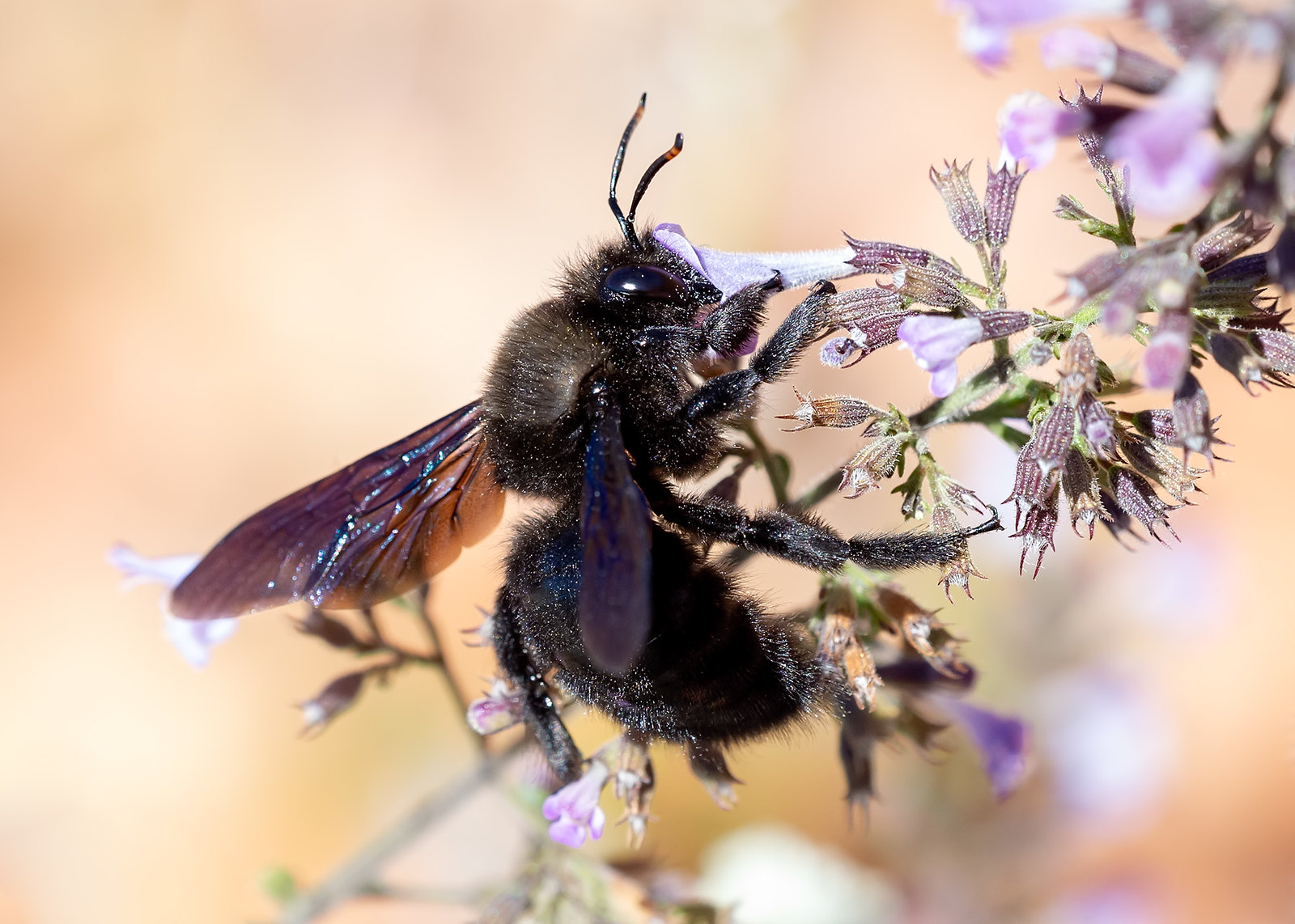 In late August, the adults emerge from a dead tree trunk or other old wood where they have spent the larval stage. After mating in late April or May, female bees bore holes in rotten wood and lay eggs in separate chambers, each one sealed in with a store of pollen so the emerging larvae can have a good start in life.
In late August, the adults emerge from a dead tree trunk or other old wood where they have spent the larval stage. After mating in late April or May, female bees bore holes in rotten wood and lay eggs in separate chambers, each one sealed in with a store of pollen so the emerging larvae can have a good start in life.
Climate change has brought this southern European species to our shores.
Violet carpenter bee photo by Charlie Jackson under creative commons.


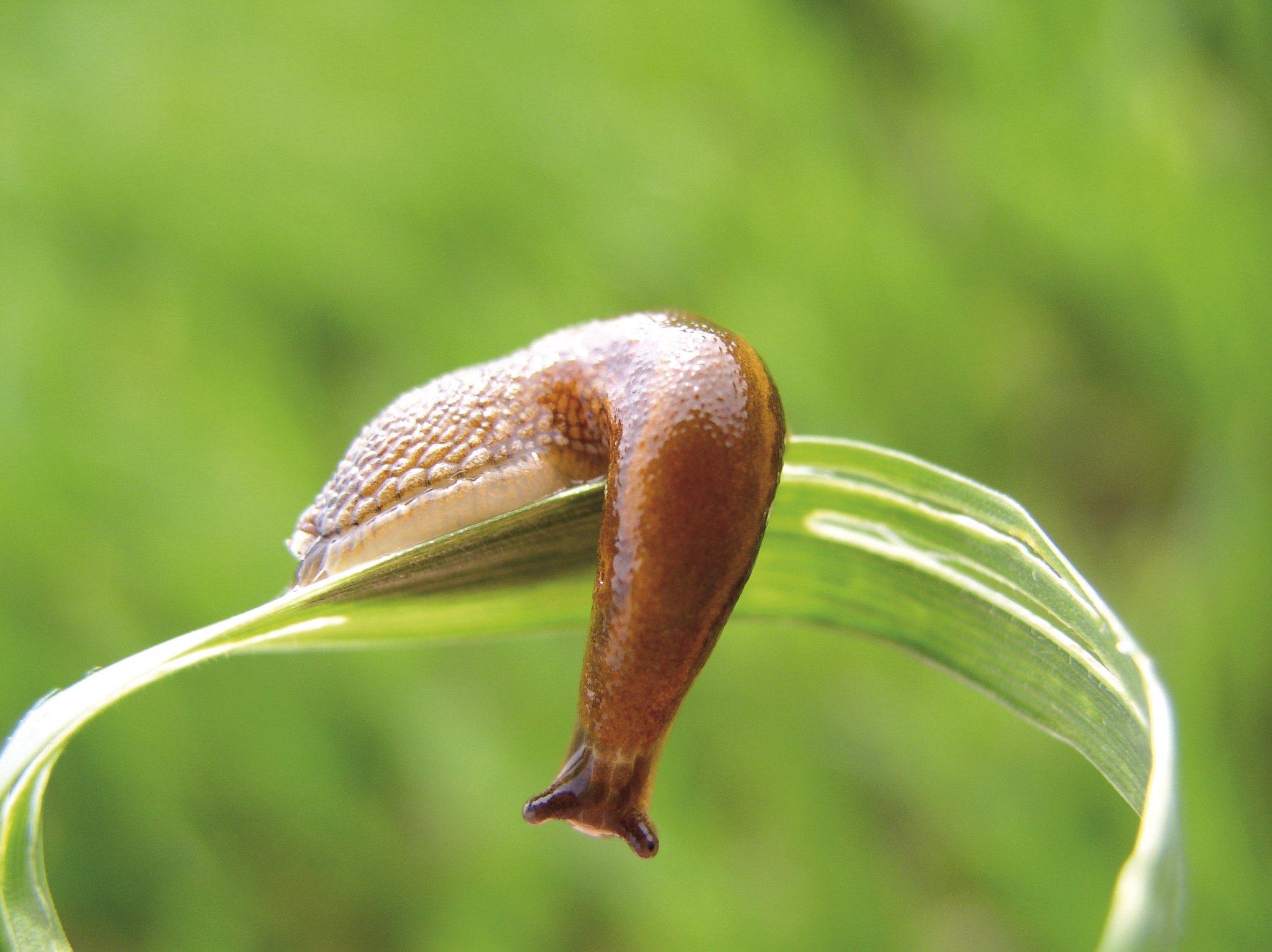
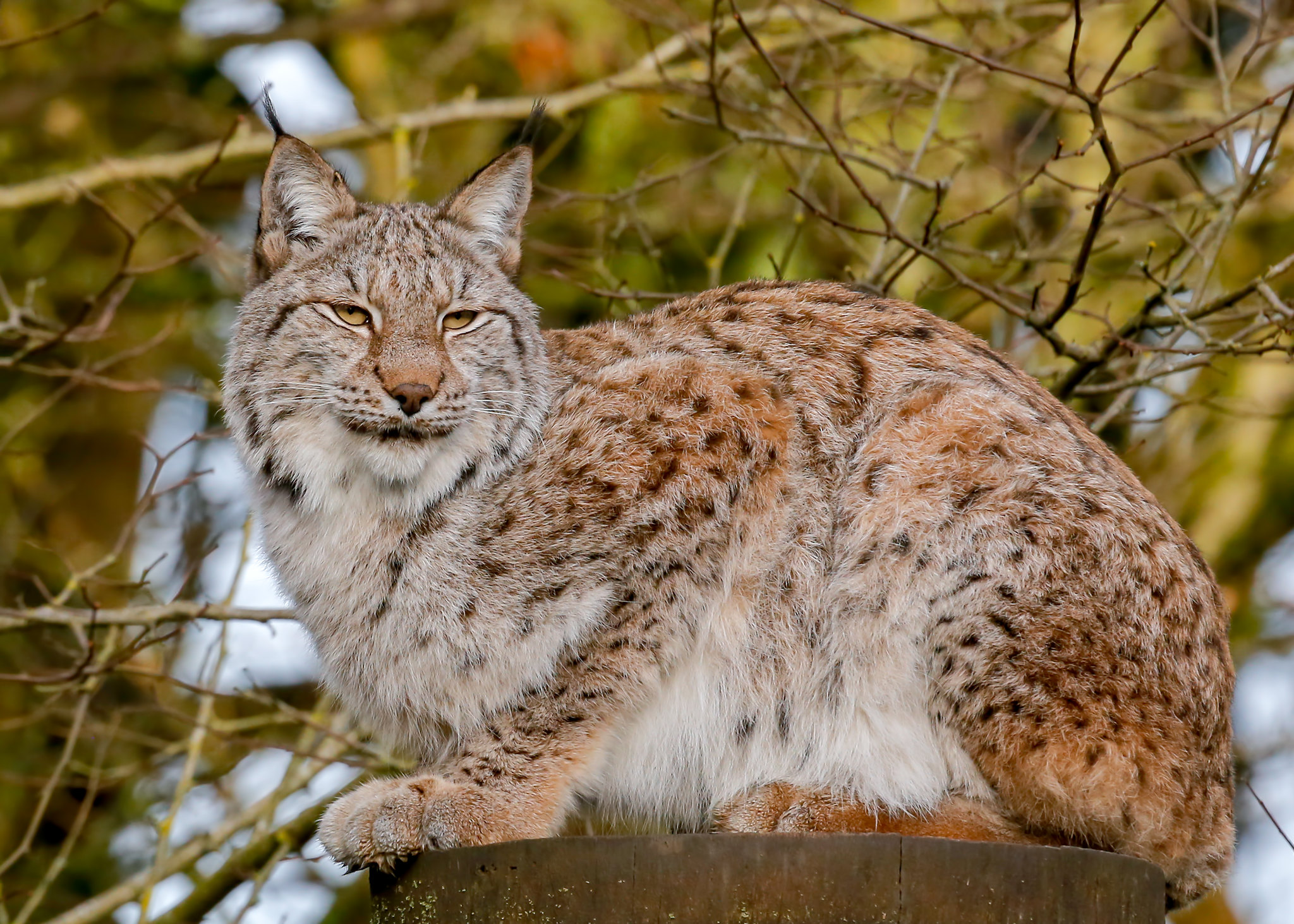
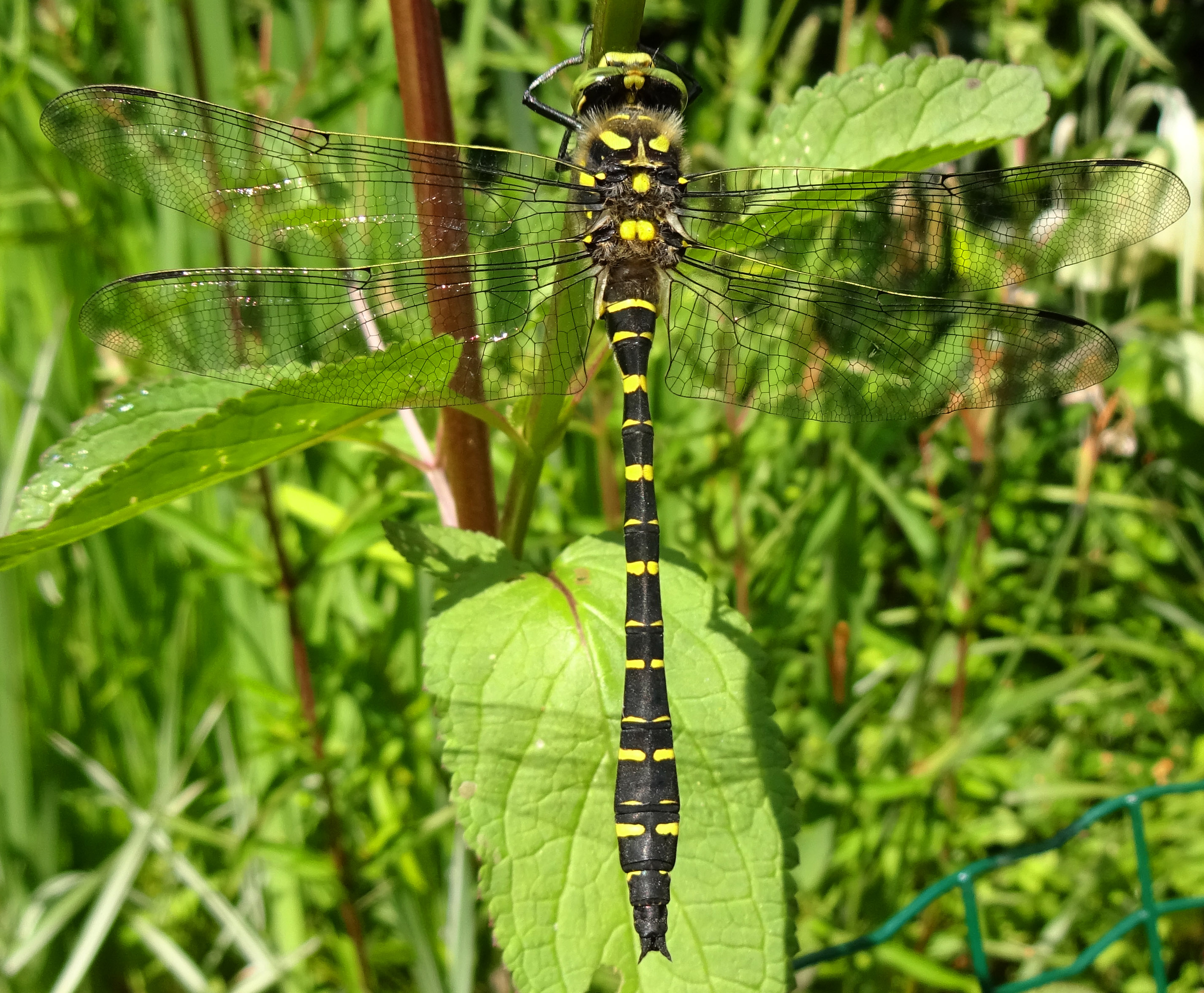 The
The 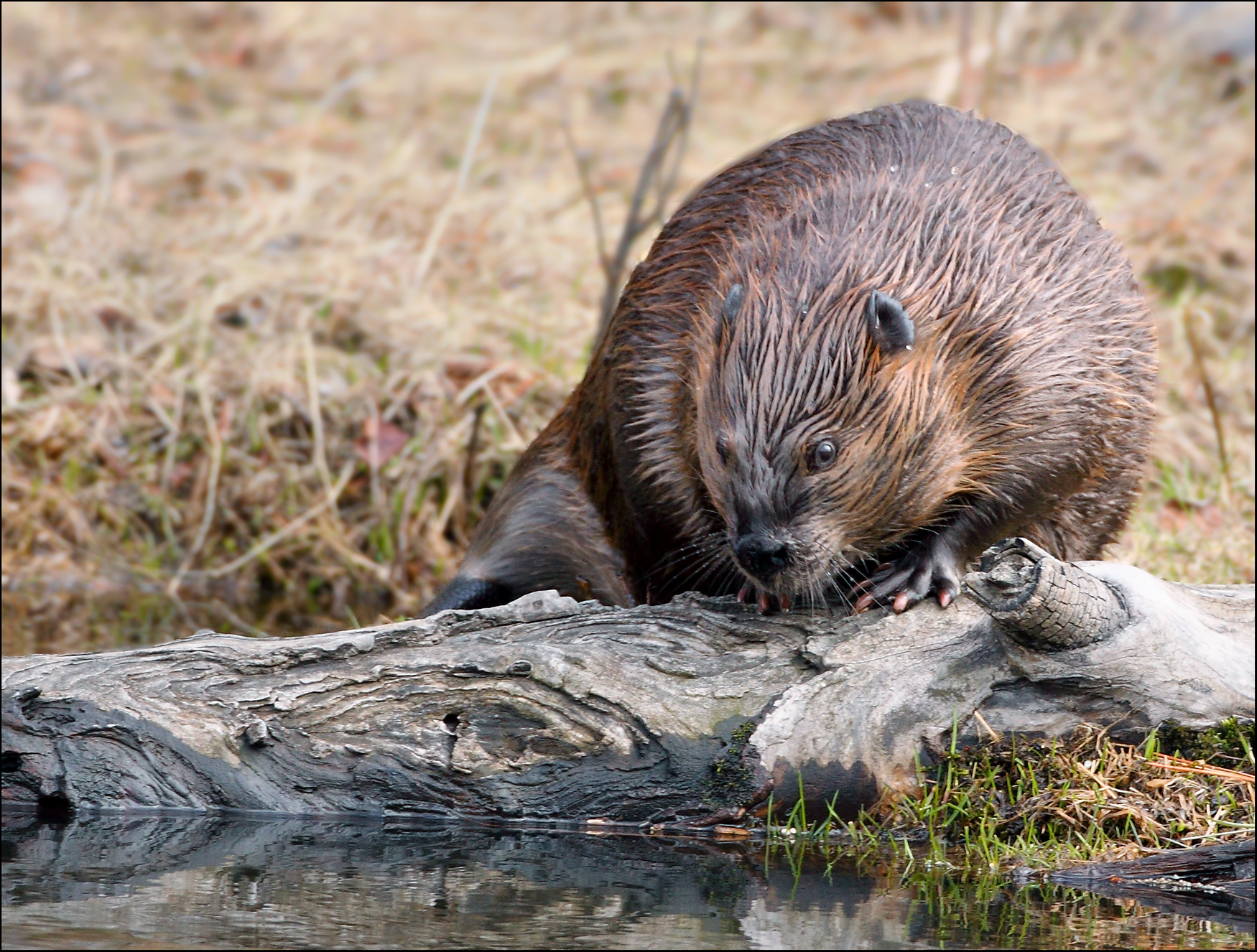 The
The